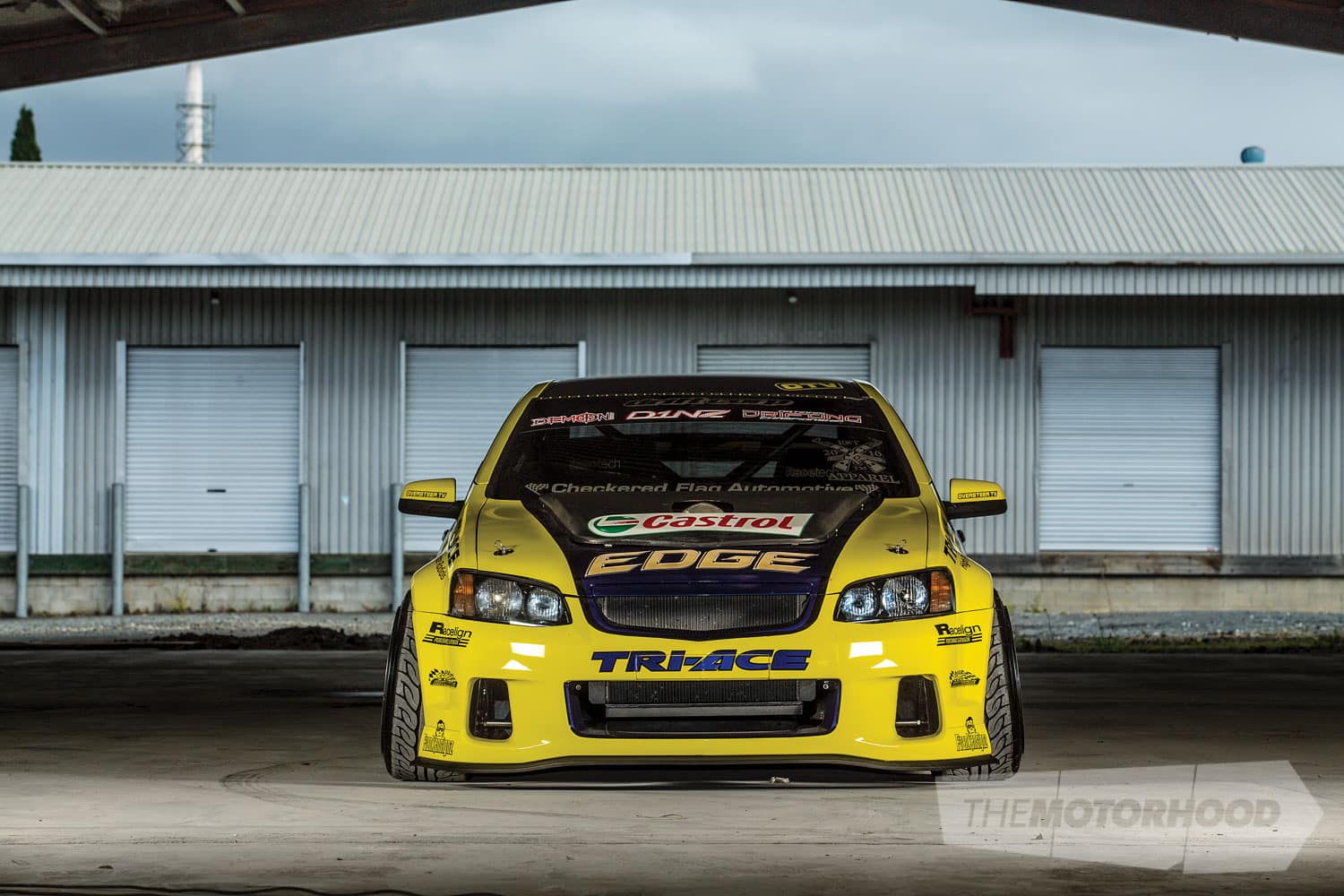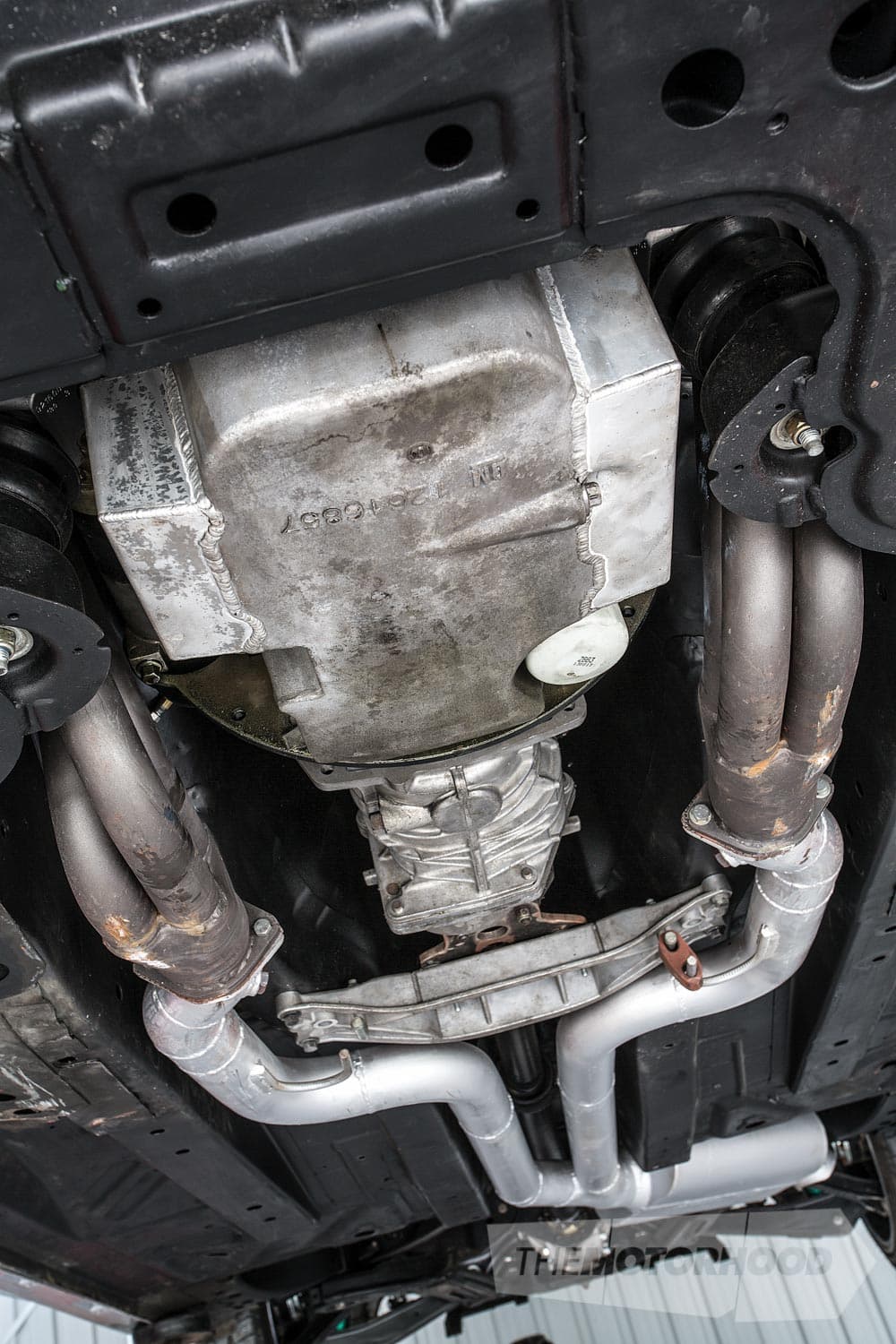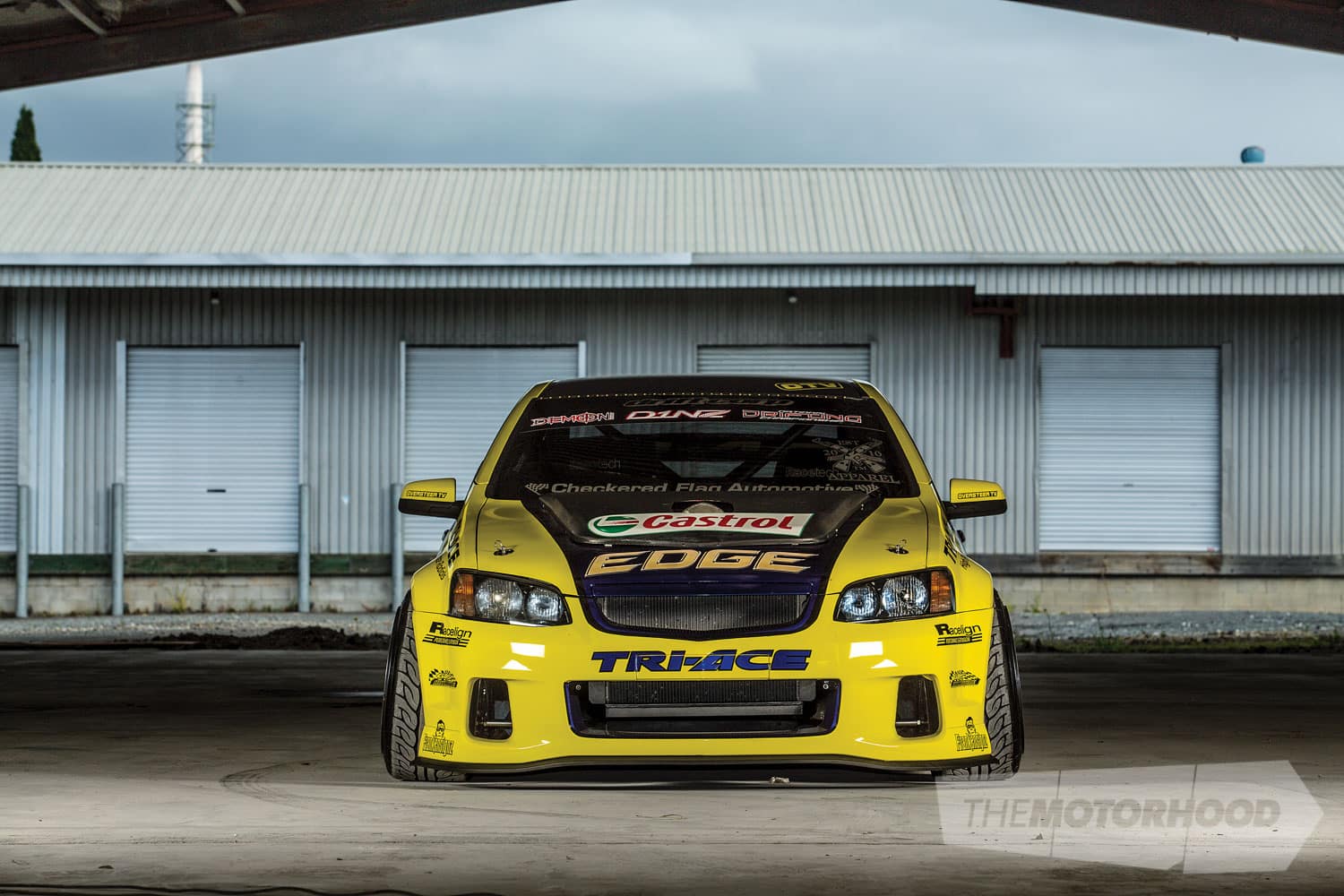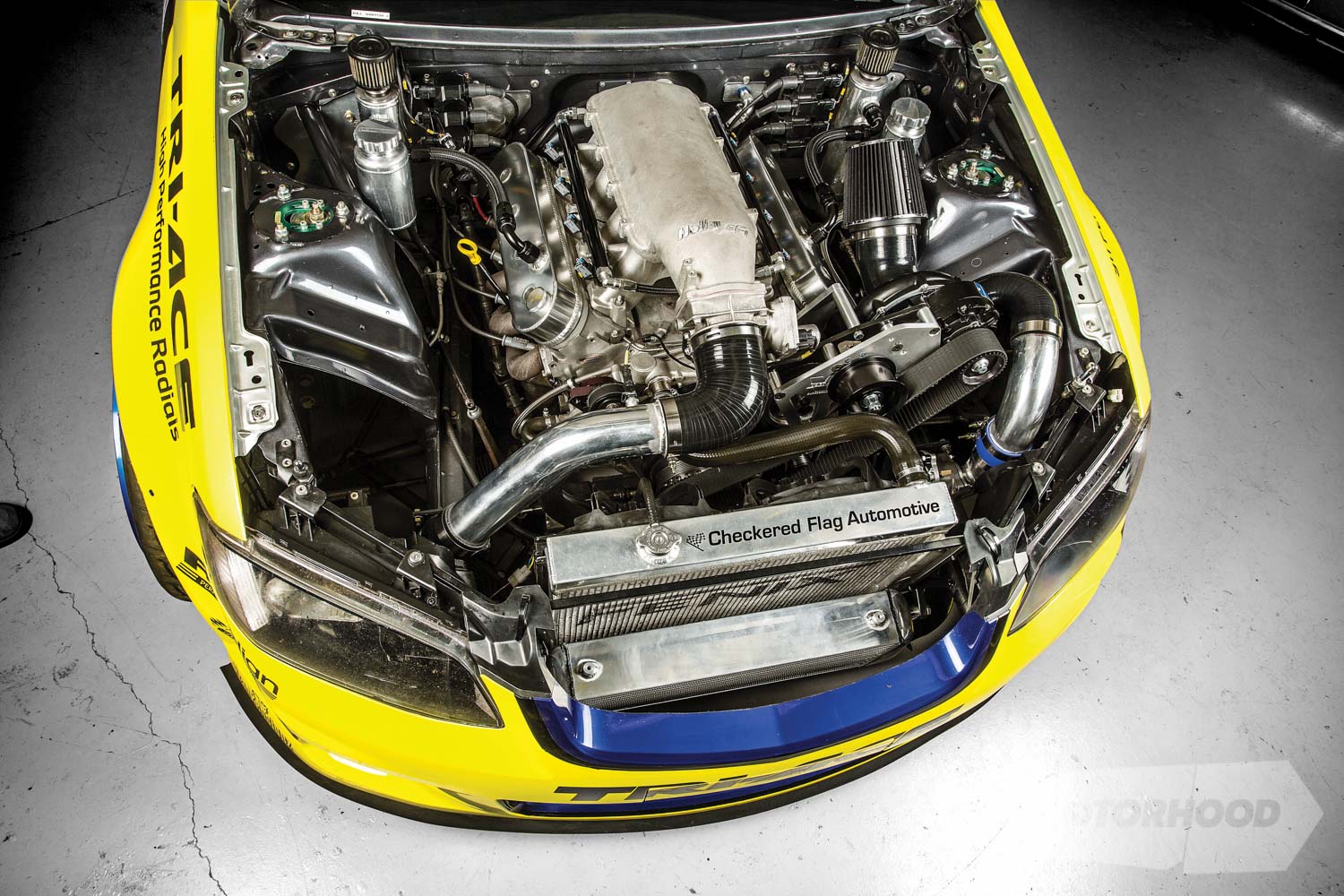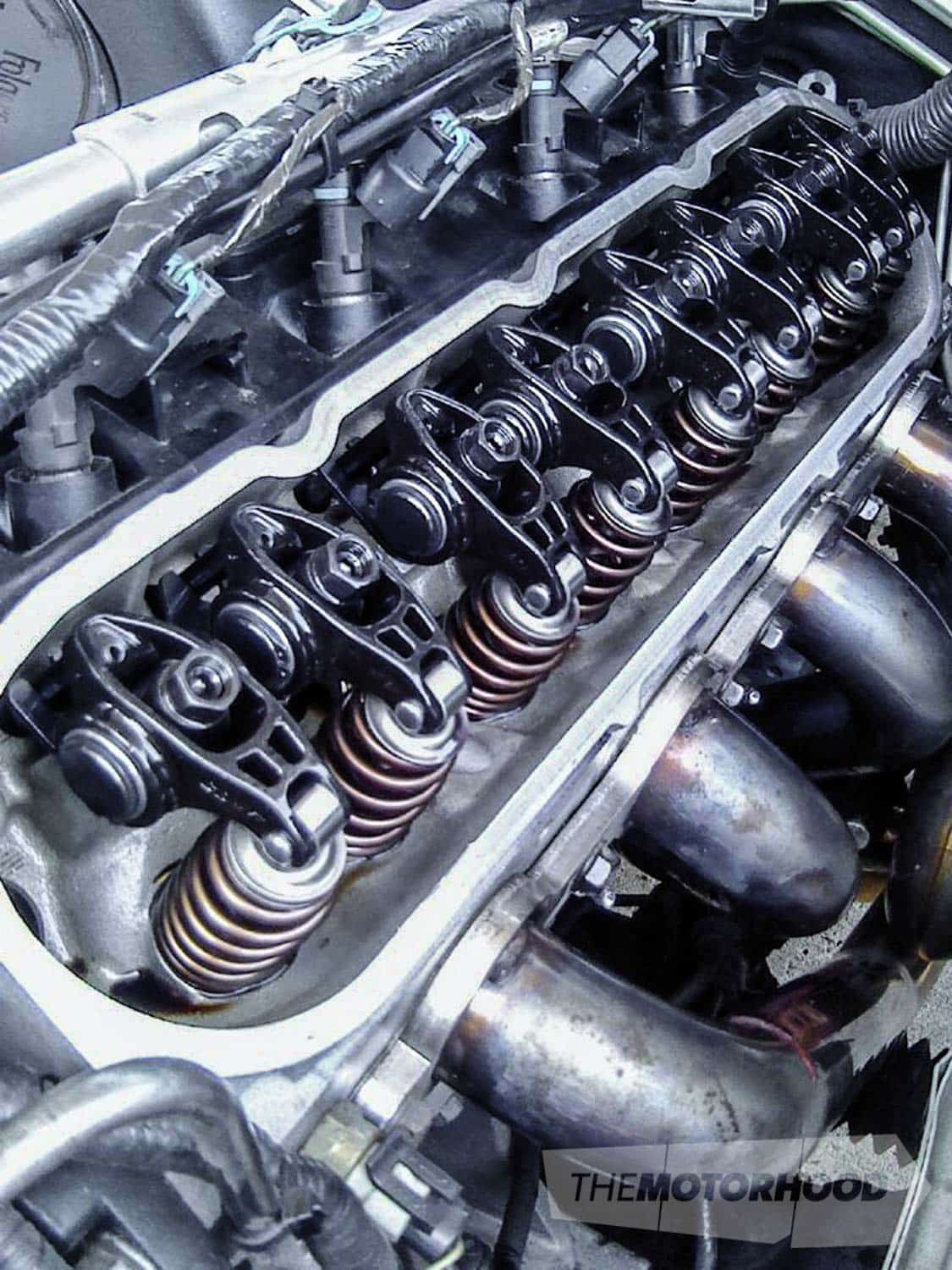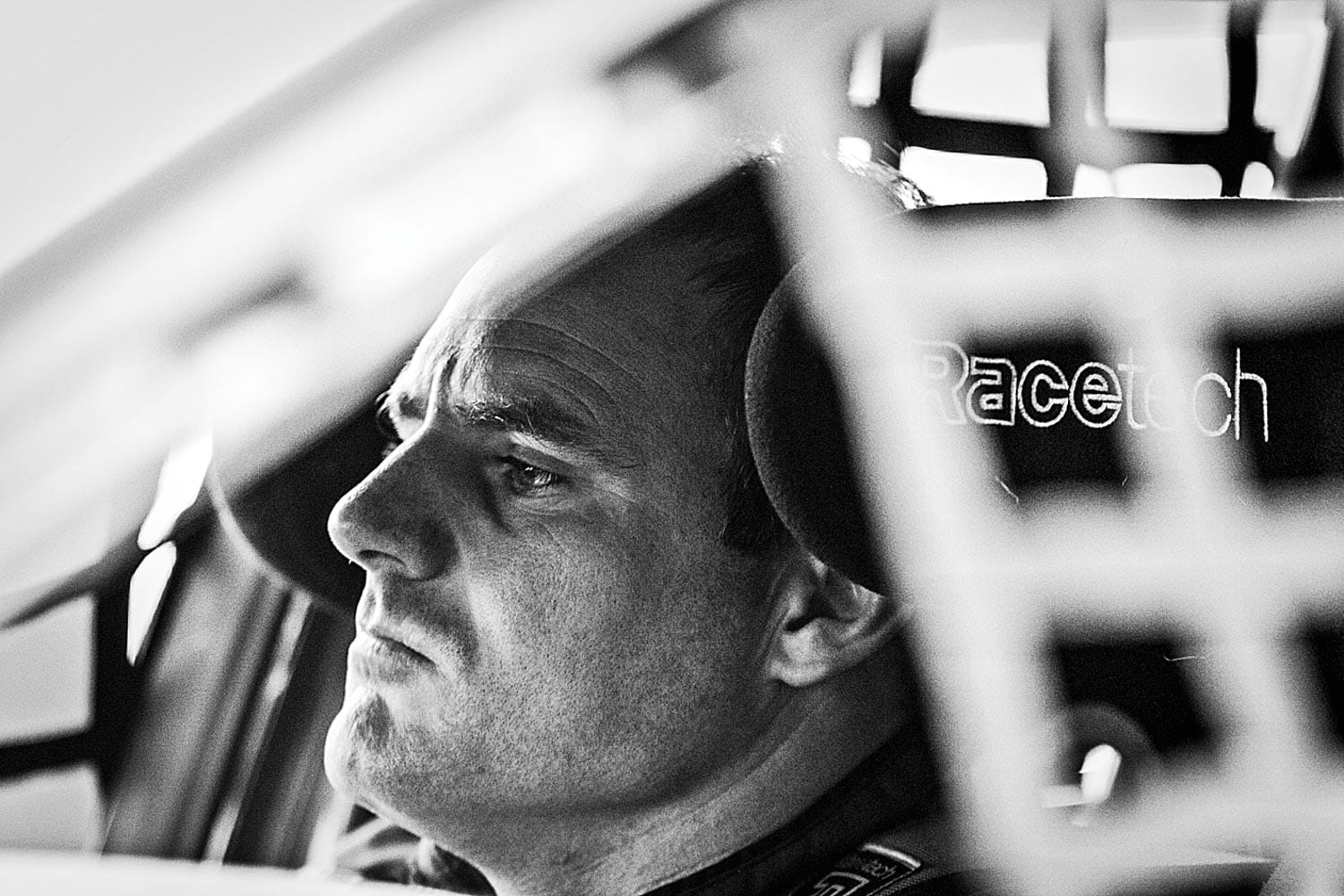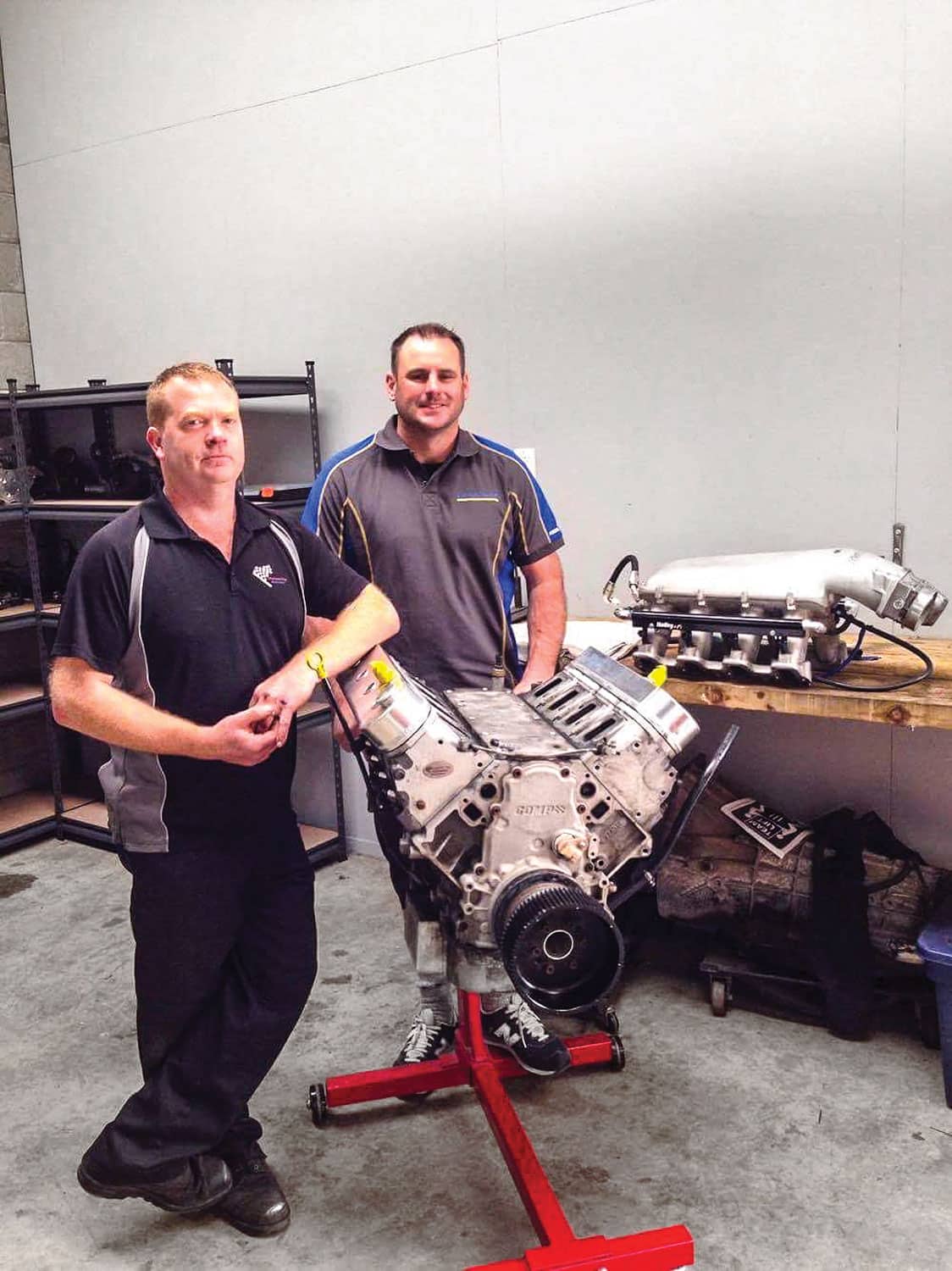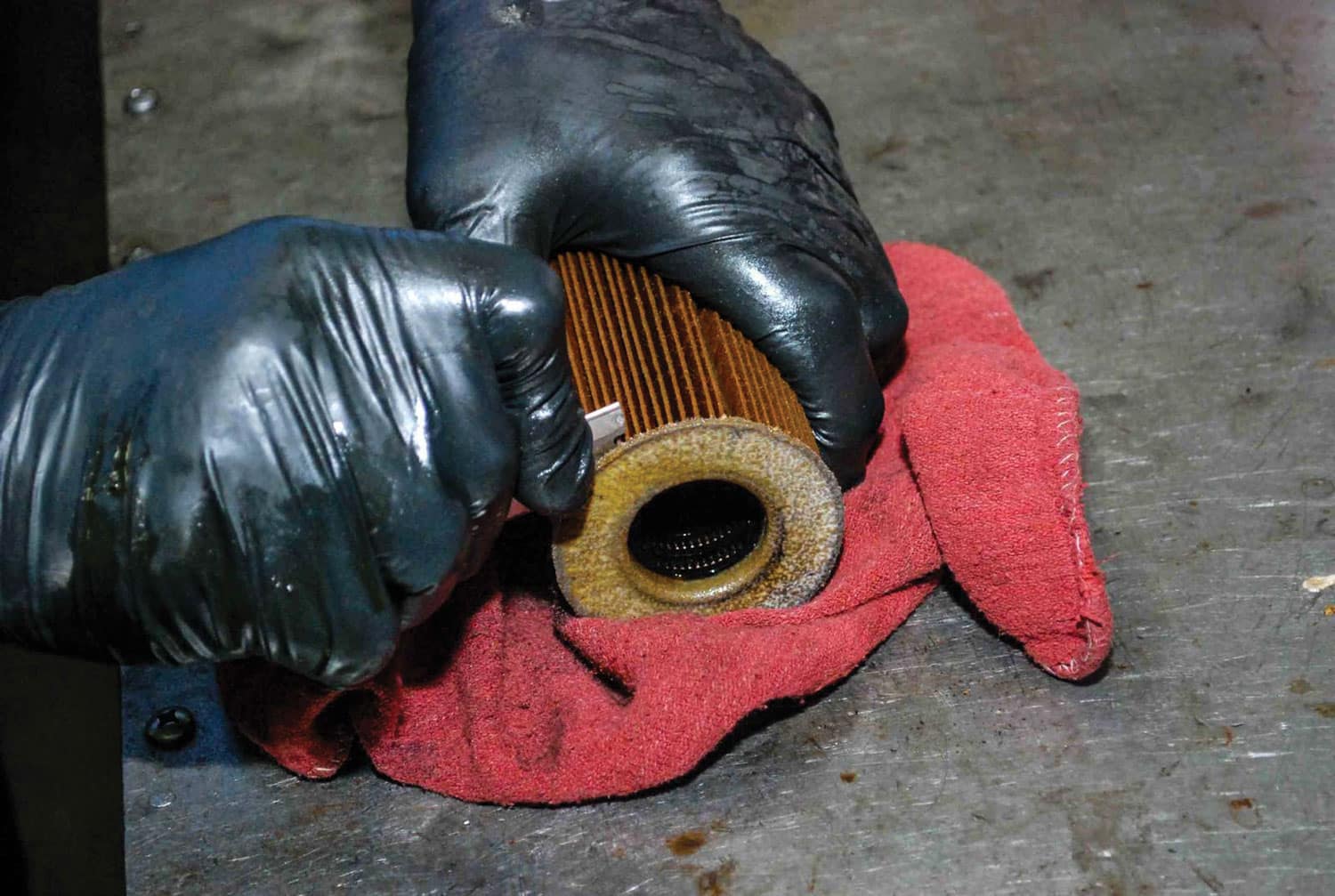data-animation-override>
“Few engines have as hard a life as those in a drift car. We talk to ‘Fanga’ Dan Woolhouse about how he keeps his Vortech supercharged L98 alive for round after round”
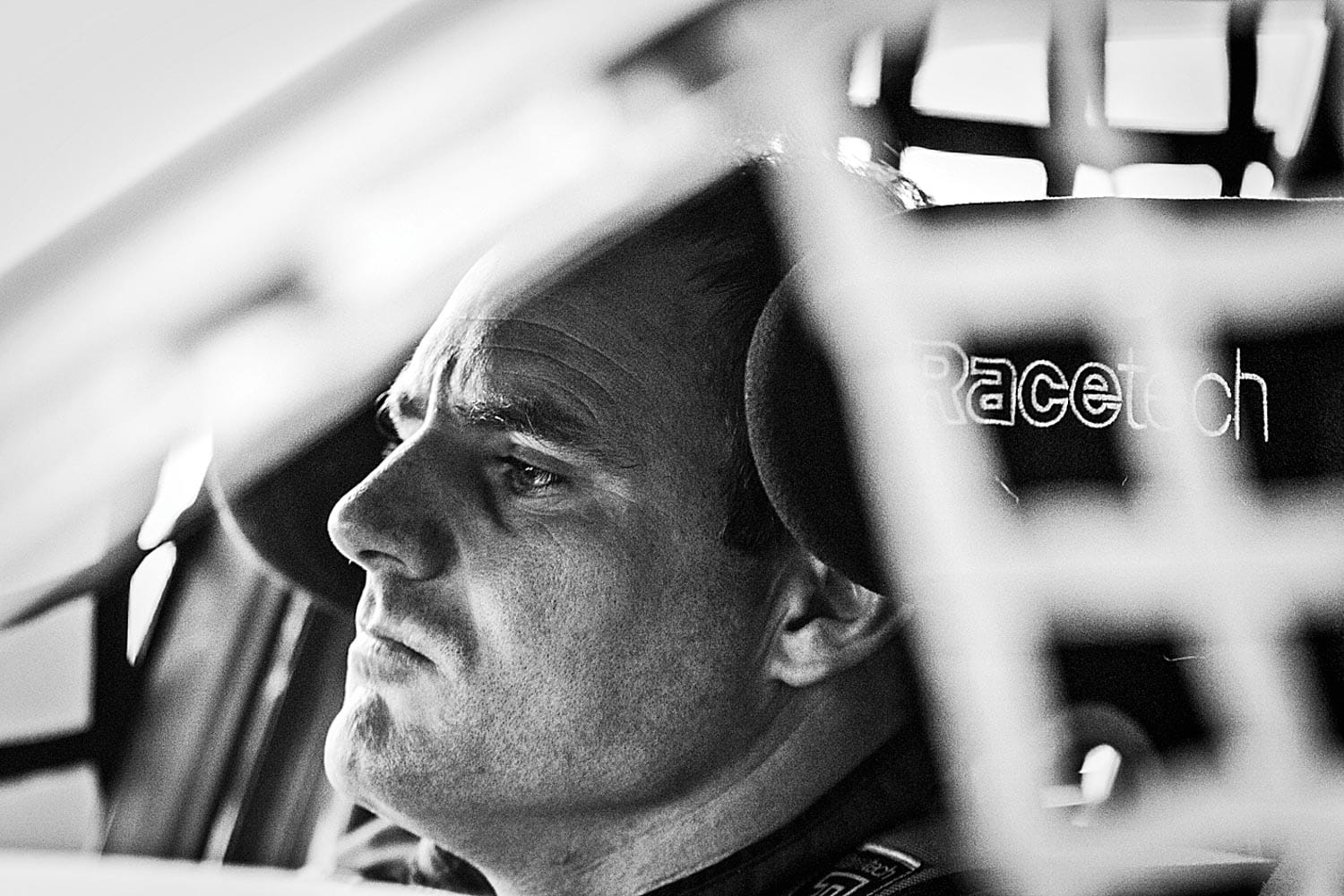
Fanga’ Dan Woolhouse is undeniably one of the stalwarts of New Zealand drifting, and you don’t get to where he is by just sitting on your arse and daydreaming. For the past 10 years, the serial car modifier has taken his passion for tyre smoke and mechanical abuse, and turned it into one of the most recognizable names in Southern Hemisphere drift circles. Ask any other drifter what it’s like to lead a run against Fanga, and you’ll get the same answer — don’t lift, or he’ll be straight through your door.
Although Fanga started out, as most drifters do, in turbocharged Japanese cars, it was his step up into a ‘big boy’ wagon — a VZ Commodore — that netted him the D1NZ national title in 2013, and elevated his status beyond just the drifting faithful, making him as close to a household name as any drifter who isn’t named ‘Mad Mike’ could be.
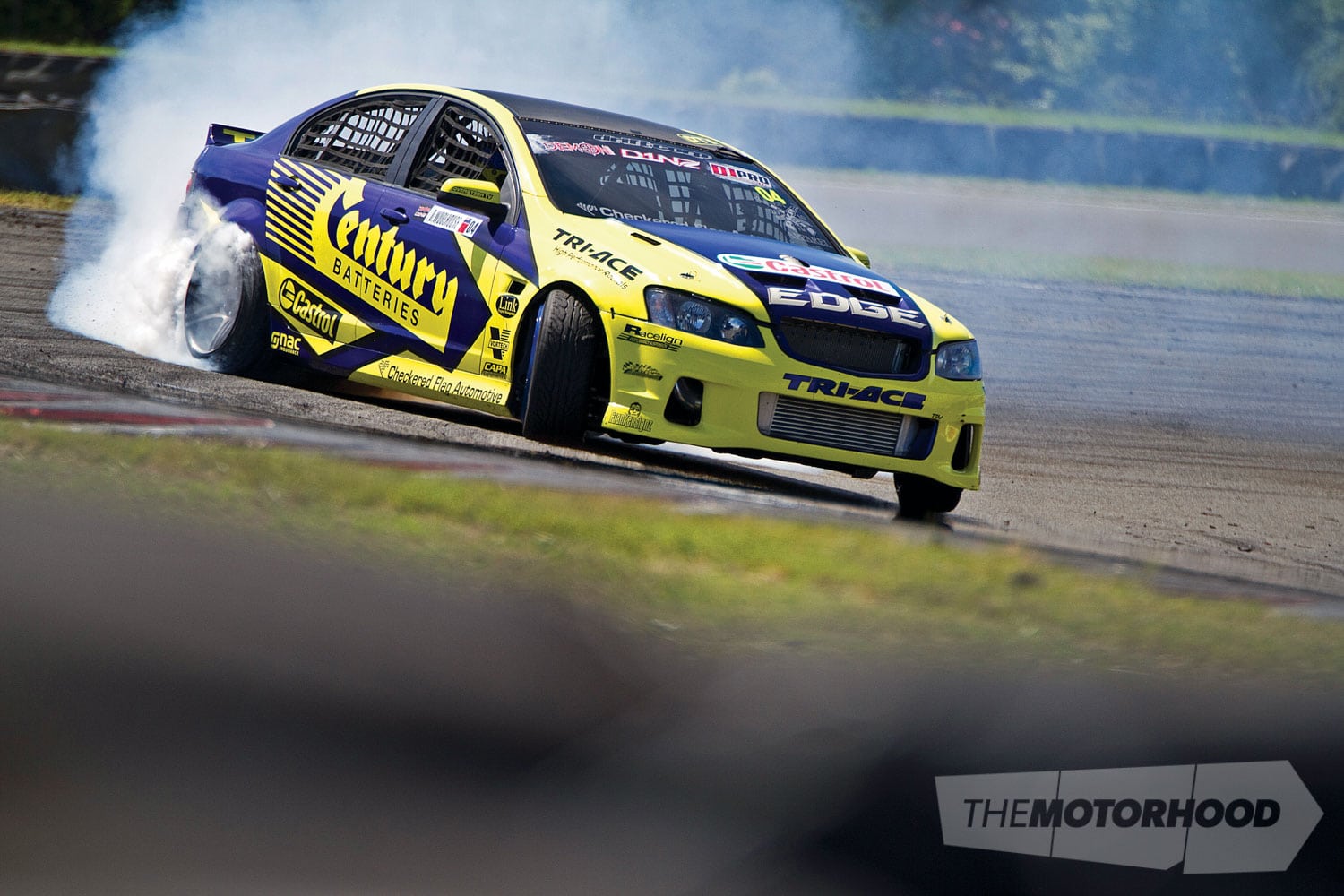
That VZ was superseded by the VE he successfully campaigned over the last few years, which is now undergoing a full custom widebody VF transformation. But the heart is what we’re really interested in. This has got to be one of the toughest engines out there — not in terms of outright power, but for its sheer all-round capability.
The L98 features a built bottom end, with ARP fasteners, Eagle H-beam rods, forged Wiseco pistons — with around 9.7:1 compression — and a huge Vortech V1 supercharger strapped onto the side for good measure. The logic is that if there’s a blower issue, they can remove the supercharger and run the engine naturally aspirated — even without forced induction, this is a super-staunch powerplant.
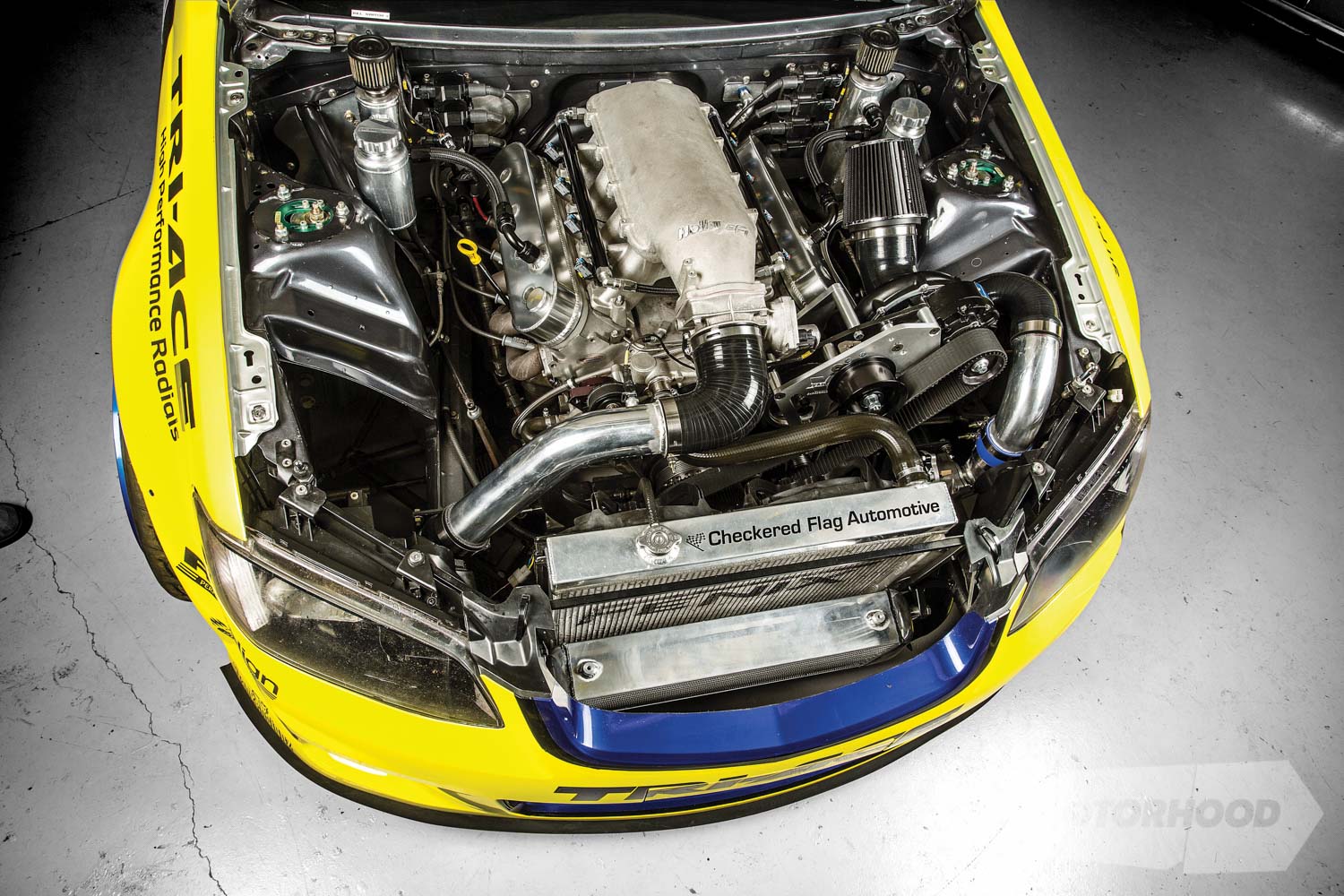
But running a V8 under boost at sustained high revs, while mostly under extreme lateral Gs, sounds like a sure-fire way to grenade an engine. However Fanga’s had a remarkable run in terms of reliability so far, and we figured we had to find out what goes into keeping an engine like that running at 100 per cent, 100 per cent of the time.
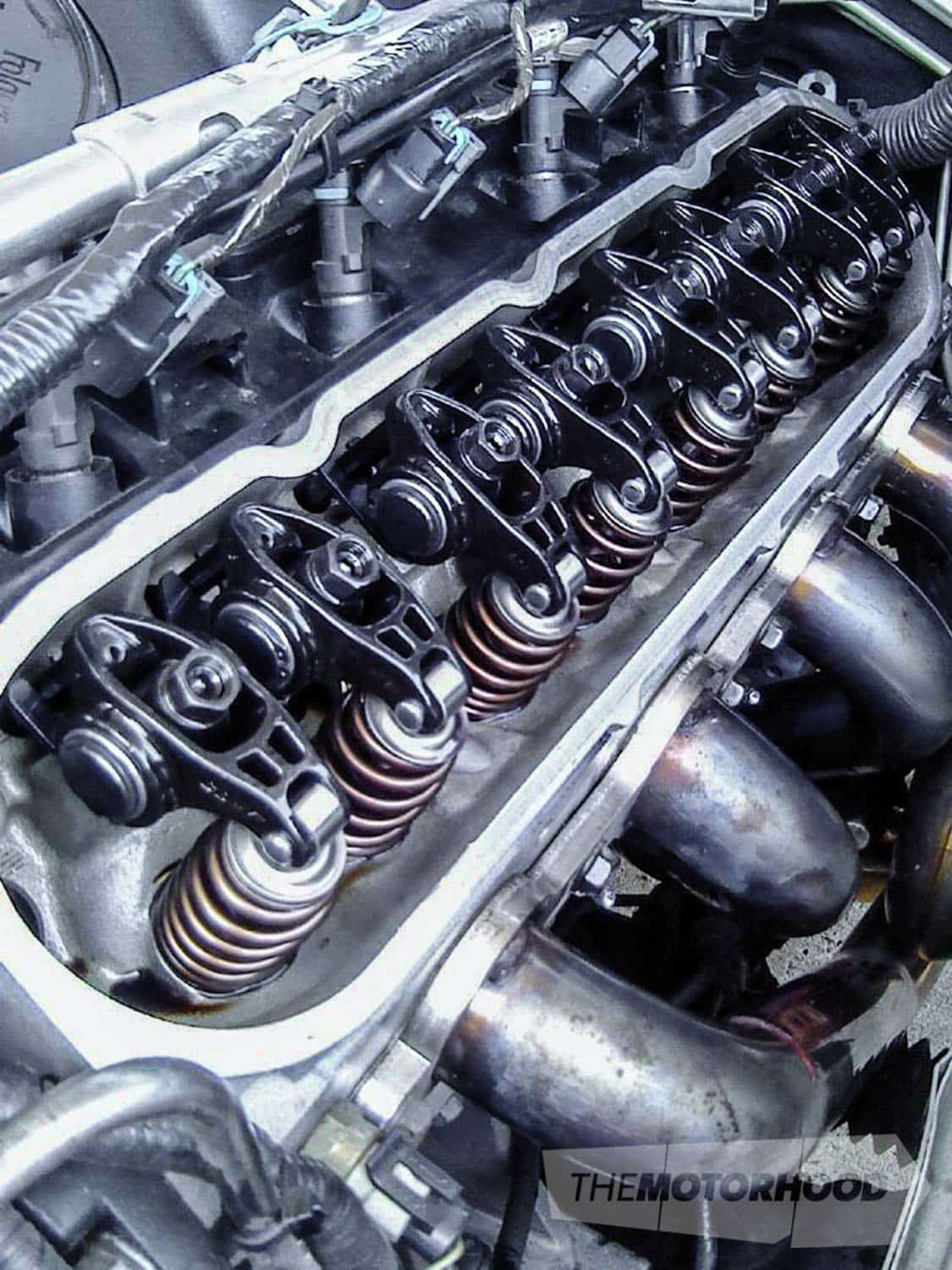
Valvetrain
“We replace the cam chain and valve springs at the start of each season,” says Zane Shelley of Checkered Flag Automotive, who’s responsible for Fanga’s engines, “and repeat this halfway through the season to prevent wear and tear that could cause further damage if the part were to fail.”
The double-row timing chain won’t survive a full season, which is something Zane has learned from his time as a V8 Utes crew chief. While Fanga’s never had a cam chain come apart, they have discovered a broken chain link on an otherwise fine chain in the nick of time — it’s not worth the risk of lunching an engine like this over an easily replaceable part.
In addition, the heads are inspected at the beginning of each season and the valve springs are replaced, with valve lash [clearances] checked and set every two meetings. Because the L98 runs a solid roller camshaft with quite an aggressive profile, and frequently operates at sustained high revs, it’s imperative that valve lash is checked and adjusted periodically. Failure to do this can result in severe valvetrain damage.
Proper lubrication is also critical when it comes to the longevity of such a radical valvetrain, with high loading pressure between the cam lobes and roller follower, and rocker tip and valve stem. Fanga swears by the race-developed Castrol Edge 25W-50 oil he uses — a mineral base oil like this is generally accepted as being the best oil to use with a roller cam. In addition, the high 25W-50 viscosity — and, more technically speaking, its High Temperature High Shear (HTHS) Viscosity of a high 6.1 — means it is very effective at providing a ‘cushioning’ effect between moving parts.
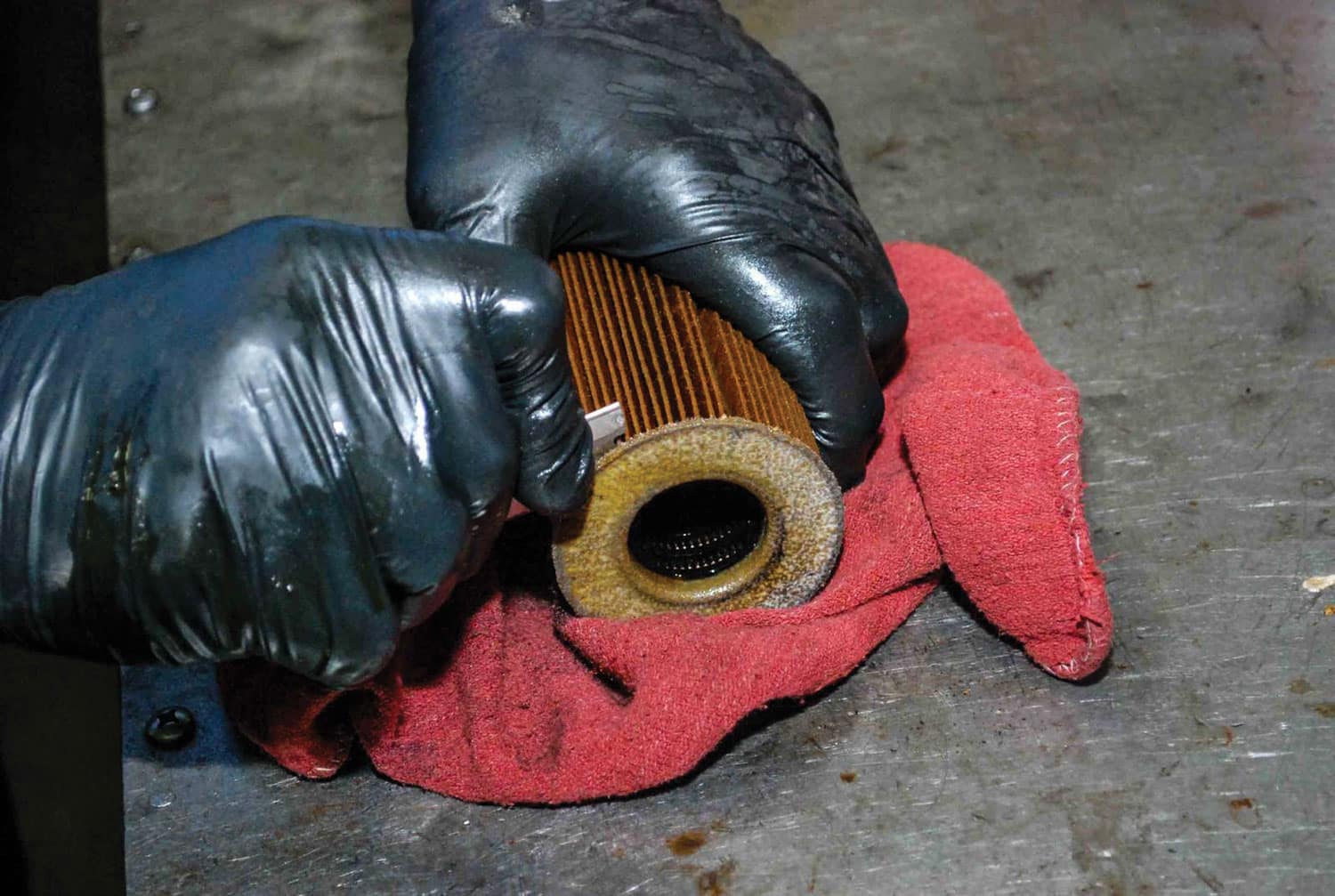
Lubrication
Lubrication is the most important part of building and maintaining an engine. No lubrication, no engine. The oil Fanga uses is Castrol Edge 25W-50, and he swears by it, telling us “I’ve run Castrol Edge 25W-50 oil since day one, and never had any problems. A lot of people think it’s too thick, but it holds good oil pressure even when it’s warm — I wouldn’t run anything else.”
After the practice sessions each meeting, Fanga does an oil change in order to run fresh Castrol Edge 25W-50 for qualifying-round battles. At the same time, the oil filter is cut open to inspect it for foreign matter. If anything is amiss, the team will pull the pin before the qualifying round in order to conduct a more rigorous once-over to ensure the safety of the engine can be preserved.
To help keep engine oil temperatures in check, the team added an external engine oil cooler when the Vortech supercharger was installed. “We noticed at the Tauranga round that the oil temps were lower with the supercharger than they were the previous year without it,” Zane recalled. While the Castrol Edge 25W-50 possesses a high thermal stability, meaning its formulation is resistant to breaking down under high operating temperatures, the team has encountered a secondary advantage in keeping oil temperatures down — it helps to lower the water temperature, further reducing the risk of engine overheating.
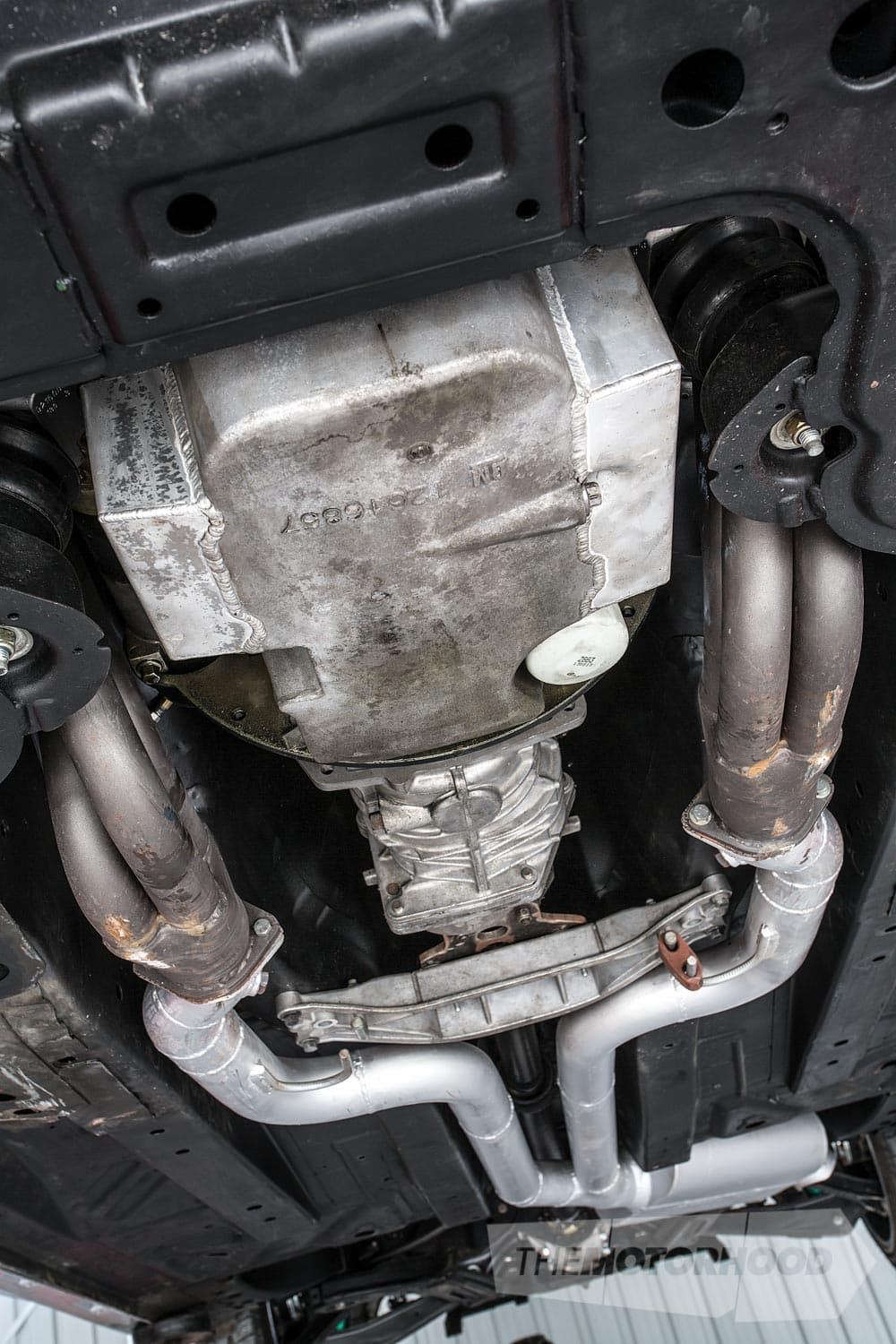
Oiling
There’s no black magic or technological trickery in Fanga’s oiling system. While it’d be fair to assume that oil supply could be challenged in an engine experiencing a lot of lateral G — both with initiating a drift, and switching — Zane tells us that they’ve had no such problems.
“We run a really good Melling oil pump — a high-quality CNC one — and a winged sump with an extra litre of oil capacity,” Zane says, and that’s all the team’s needed so far. He also points out that they haven’t opted for the highest-volume pump available, but one that works best for their application — there’s no good in a pump that at sustained high revs will empty the sump quicker than oil can drain back.
“We might look at a better windage tray and sump baffles,” he added, but that’s not guaranteed — after all, as loaded as the teams may seem, there aren’t megabucks in drifting, and Fanga’s team, like most, operates on a pretty tight budget. That’s the main reason why you won’t find a dry-sump system or even an Accusump oil accumulator. Zane would like the engine to have a dry sump, but it isn’t worthwhile financially.
And, as Fanga tells us, simplicity is another key concern. “We just keep the oiling system simple. We don’t run a dry sump or an Accusump, it’s just got a baffled sump that we overfill by a litre. There are no oil lines to go wrong, or to mess up, and no dry-sump belt to throw,” Fanga said — the fewer things there are to go wrong, the less likely it is that something will go wrong.
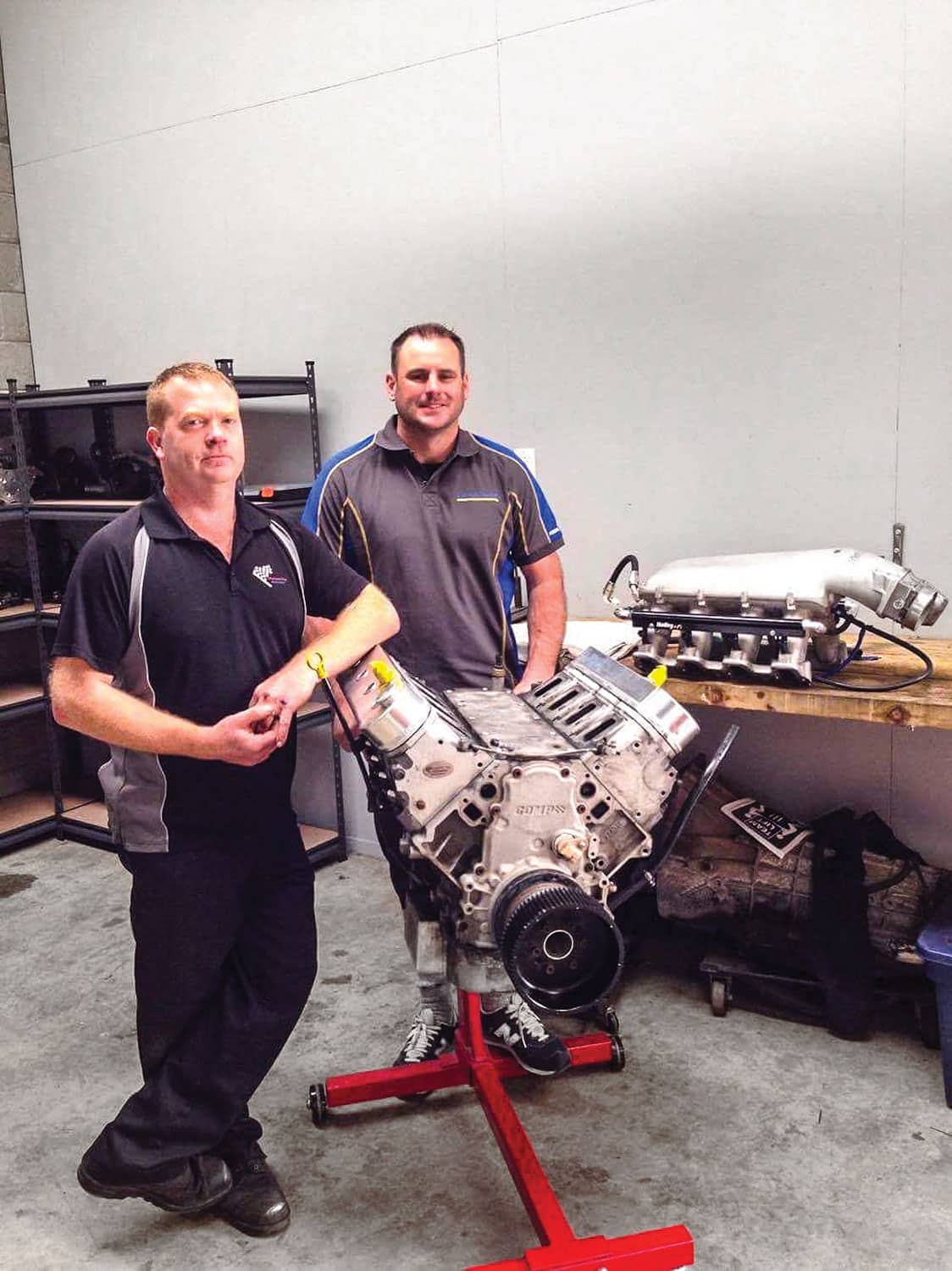
Bottom end
The L98 that Fanga runs has essentially been a race motor for its whole life, originally in Caine Lobb’s Commodore in the Enzed V8 Ute Series. “The engine’s been slowly developed over the four-and-a-half years I’ve worked with [Fanga] Dan, and it’s now at a point where we can pull it out at the end of a season, and just freshen it up,” Zane said.
The block has been machined to where it needs to be, but don’t go thinking it’s had the cheque book thrown at it — there’s nothing that’s beyond the realms of everyday people, and the majority of the block machining is simple deburring.
Likewise, the off-season strip-down isn’t as intensive as you may think, and Zane told us that it will only need “Rings, bearings, a new oil pump, new timing chain, and probably the rod bolts will do for the bottom end, and valve springs for the top end.”
The engine is at a point where the team is happy with it, in terms of all-round power and reliability — it makes about 730kW (980hp) at around 8psi boost. “We could have had more power, but it doesn’t need it, which is why we dialled it back. It’s not on the knife’s edge,” Zane said. “Don’t get me wrong, it’s still a pretty high-strung motor, but it’s reliable.” And that seems to sum it up, really — all the power in the world doesn’t mean anything if your engine is in a million bits, and that’s a philosophy that Fanga’s team is clearly adhering to.
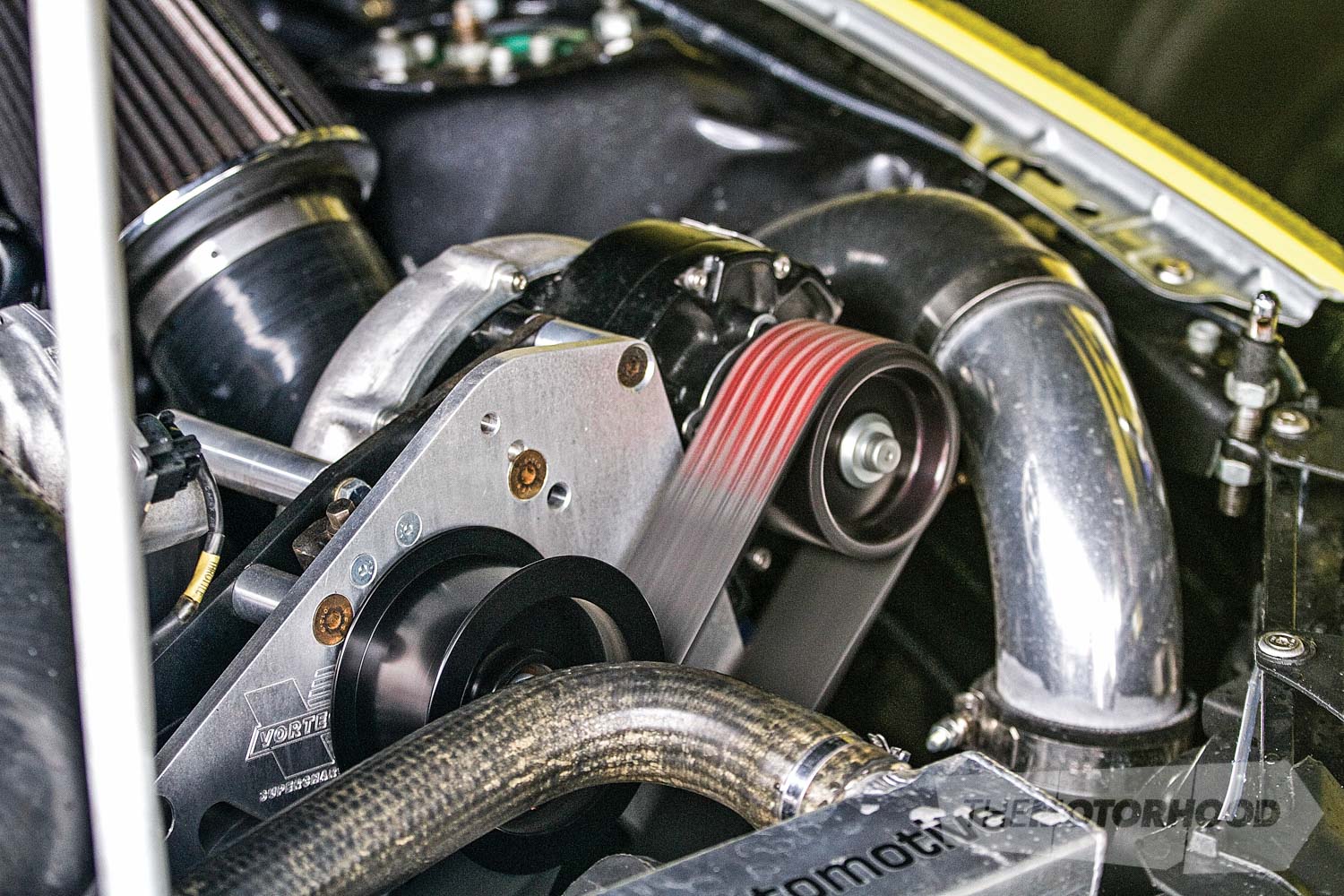
Engine spec
Six-litre GM L98 V8, L98 truck block, ARP fasteners, factory crankshaft, Eagle H-beam rods, forged Wiseco pistons, Comp Cams double-row timing chain, custom-grind roller camshaft, Comp Cams solid roller lifters, Comp Cams custom pushrods, Comp Cams roller rockers, ported heads, stainless-steel valves, MLS head gaskets, Holley GM Modular Hi-Ram intake manifold, Holley 102mm throttle body, Vortech V1 centrifugal supercharger, 25 per cent underdriven crank pulley, 8psi boost, Vortech Mondo bypass valve, K&N air filter, Aeroflow fuel pumps, FAST injectors, factory GM ignition coils, Link G4 ECU, custom Genie four-into-one headers, three-inch exhaust, Flowmaster four-inch muffler, Fenix alloy radiator, Aeroflow power-steering cooler, Melling CNC oil pump.
